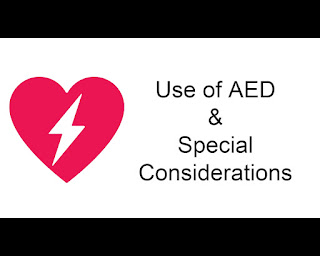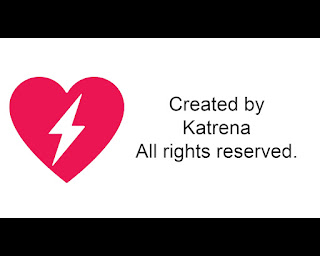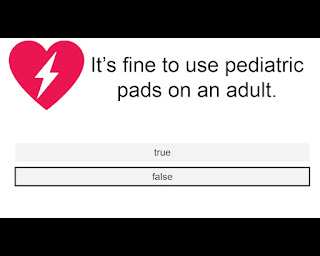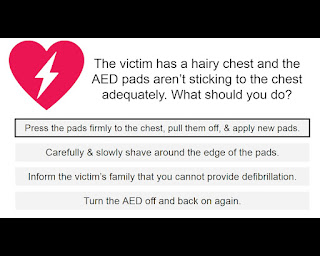 |
| Use of AED and Special Considerations |
This is a practice quiz related to the use of an automated external defibrillator and special circumstances. The information in this quiz reflects the latest information on the date of publication; however, roles during cardiac arrest are constantly evolving, so check with your local training center if you need additional information.
Directions for the quiz:
- Scroll down & click on the first thumbnail to enlarge to full screen.
- Choose an answer for each question.
- Click on the graphic to advance to the next screen.
- The correct answer is on the screen following the question.
- Compare your answers with those provided.
Thanks for visiting my Student Survive 2 Thrive blog!
Use my search bar, topics tabs, or site map to find more of my resources.
Here are a few of my other healthcare-related articles to get you started:
 |
| Created by Katrena. All rights reserved. |
 |
| What machine enabled emergency responders to defibrillate without knowing how to read an ECG? Answer choices include: traditional defibrillator, traditional pacemaker, AED, precordial thumper |
 |
| The correct answer is AED. |
 |
| The correct answer is all of these. |
 |
| This course details the appropriate use of an AED for a/n ___ in cardiac arrest. Answer choices include: adult, child, infant, any of these |
 |
| The correct answer is any of these. |
 |
| The correct answer is Ventricular Tachycardia & Ventricular Fibrillation. |
 |
| You should NEVER check for a pulse before utilizing an AED. Answer choices include: true, false |
 |
| The correct answer is false. |
 |
| The correct answer is: Open the case & turn on the power if it doesn't automatically turn on |
 |
| It’s fine to use pediatric pads on an adult. Answer choices include: true, false |
 |
| The correct answer is false. |
 |
| How should you place AED pads? Answer choices include: over clothing, on the victim's bare chest, over implanted devices or medication patches, while the victim is in a body of water |
 |
| The correct answer is on the victim's bare chest. |
 |
| Anterolateral pad placement is below the right collarbone & to the side of the left nipple a few inches below the armpit. Answer choices include: true, false |
 |
| The correct answer is true. |
 |
| The correct answer is any of these. |
 |
| The correct answer is: Press the pads firmly to the chest, pull them off, & apply new pads. |
 |
| The correct answer is: Direct everyone to stand clear & check that no one is touching the victim. |
 |
| The AED indicates that no shock is needed. What should you do next? Answer choices include: Continue CPR. Call for help. Press the shock button. Turn off the machine. |
 |
| The correct answer is: Continue CPR. |
 |
| The correct answer is all of these. |
 |
| The correct answer is: Continue CPR & minimize interruptions unless victim's condition changes. |
 |
| Find more resources at StudentSurvive2Thrive.blogspot.com |








No comments:
Post a Comment
Thanks for reading my article and sending your comment! Please note that I do not place links to other web sites on this blog.
Note: Only a member of this blog may post a comment.